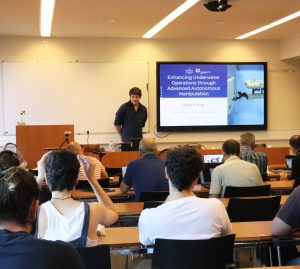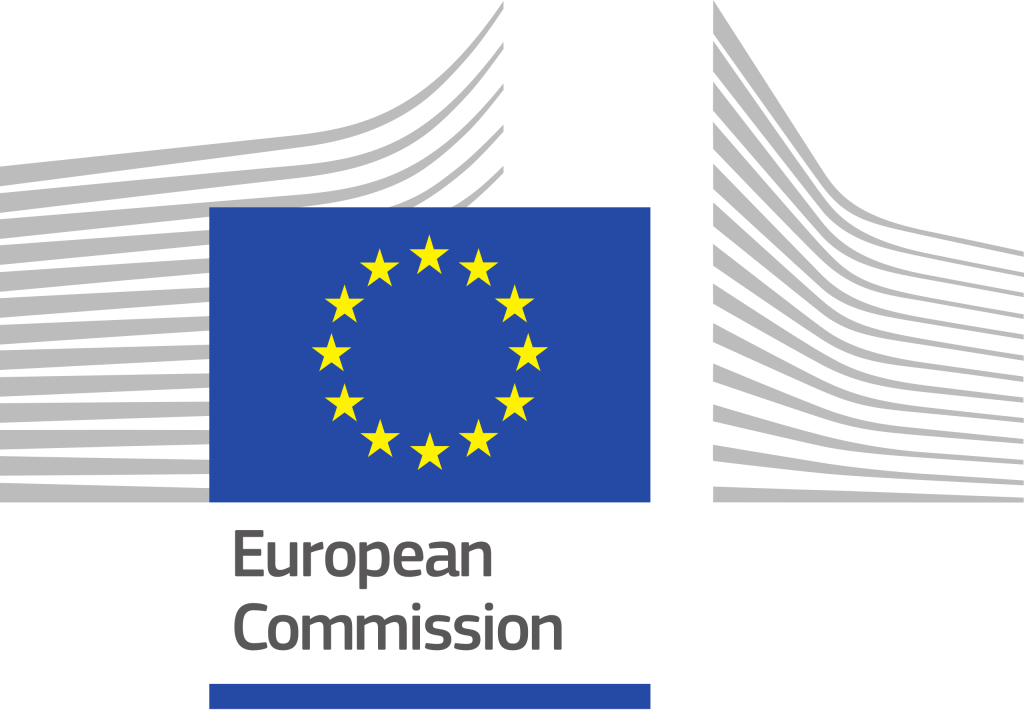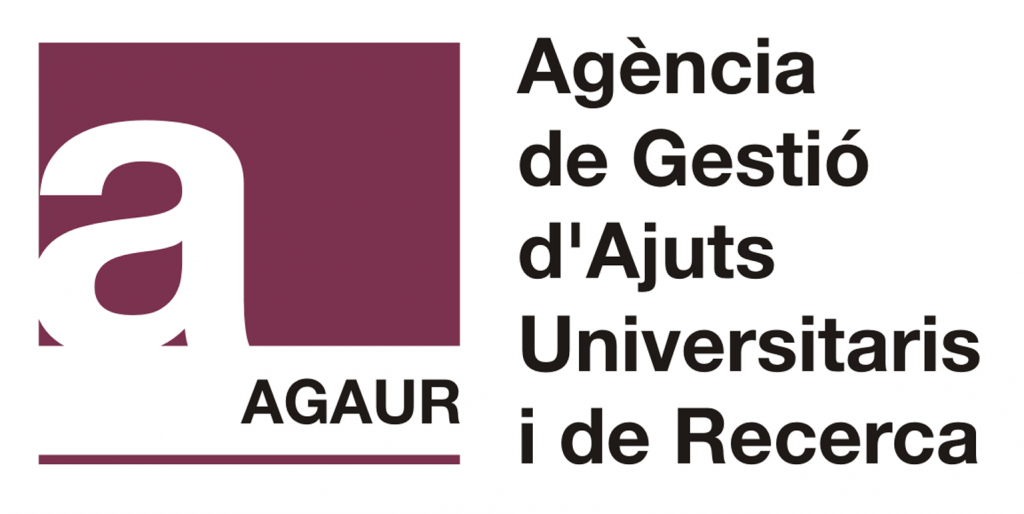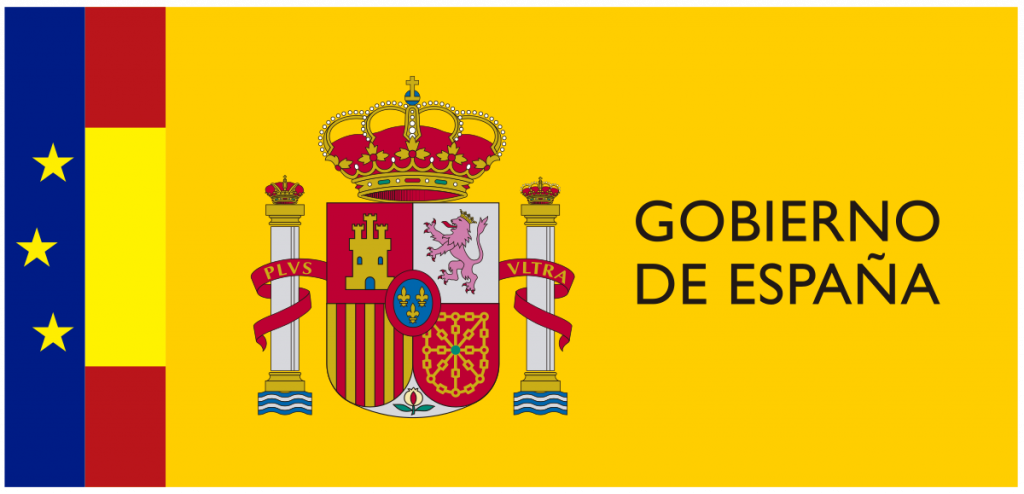We were part of EUMarineRobots
This action has been possible thanks to the Trans-National Access (TNA) offered by the European project EUMarineRobots. The main objective of the EUMR project is to open up key national and regional marine robotics research infrastructures to all European researchers, from both academia and industry, ensuring their optimal use and joint development to establish a world-class marine robotics integrated infrastructure.
Interview a seven researchers from COSMER lab, University of Toulon moved to the CIRS installations within the framework of the EUMarineRobots (EUMR) project.
















Subscribe to our newsletter to hear the latest news
Receive our latest blog posts directly in your inbox!